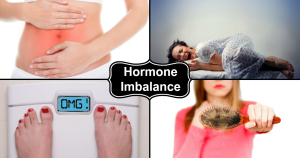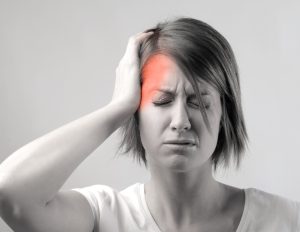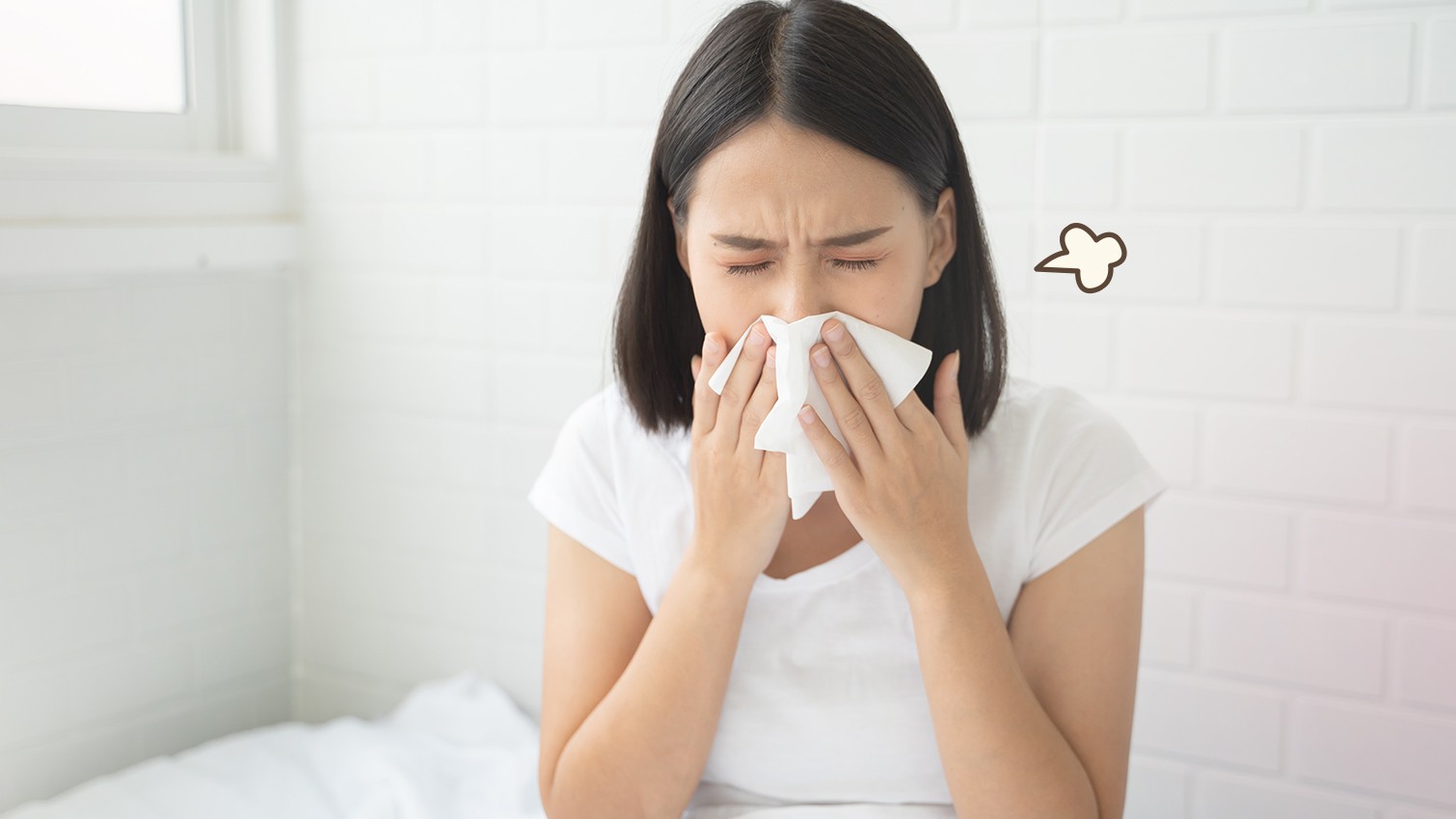Understanding the Physiology of Chills
Constant Chills, despite being commonly associated with cold environments, can also occur due to various internal factors within the human body. Understanding the physiology behind chills is crucial in comprehending why they persist even in warm settings. Explore more About (Mouth problems)
Thermoregulation: The Body’s Internal Thermostat
At the core of the body’s response to temperature changes lies thermoregulation. The hypothalamus, a region in the brain, acts as the body’s internal thermostat, maintaining a delicate balance between heat production and heat loss. When the body detects a drop in core temperature, it initiates mechanisms to generate heat, such as shivering, to raise body temperature back to a normal range. However, even in the absence of external cold stimuli, disruptions in thermoregulation can lead to chills.
Hormonal Imbalances and Metabolic Factors
Hormonal imbalances, particularly involving thyroid hormones, can significantly impact thermoregulation. Conditions like hypothyroidism, where the thyroid gland fails to produce sufficient hormones, can result in a lowered basal metabolic rate, making individuals more prone to feeling cold and experiencing chills.
Furthermore, metabolic factors such as low blood sugar levels (hypoglycemia) can trigger chills as the body struggles to maintain energy balance. In response to hypoglycemia, the body may activate its stress response, leading to the release of adrenaline and subsequent shivering to generate heat.

Delving Deeper into Potential Underlying Causes
While external factors like cold weather can certainly induce chills, persistent or unexplained chills may signify underlying health issues that warrant further investigation.
Infections: The Role of the Immune System
Infections, particularly those accompanied by fever, often manifest with chills as the body’s immune response kicks into gear to combat pathogens. When the immune system detects the presence of foreign invaders such as bacteria or viruses, it releases cytokines, signaling molecules that trigger inflammation and raise body temperature. As a result, chills may occur as the body attempts to reach the elevated set point.
Anemia: Impaired Oxygen Transport
Anemia, characterized by a deficiency in red blood cells or hemoglobin, can impair the body’s ability to transport oxygen to tissues effectively. In response, the body may redirect blood flow to vital organs, leading to peripheral vasoconstriction and a sensation of coldness or chills, especially in the extremities.
Neurological Disorders and Nerve Damage
Neurological disorders or nerve damage affecting the peripheral nervous system can disrupt the body’s ability to perceive temperature accurately. Conditions like neuropathy, characterized by nerve damage, may result in altered sensations, including feelings of coldness or chills, even in the absence of actual temperature changes.

Common Underlying Causes of Chills
| Underlying Cause | Description |
|---|---|
| Infections | Manifest with fever and chills as the immune system responds to pathogens. |
| Anemia | Impairs oxygen transport, leading to peripheral vasoconstriction and cold sensations. |
| Neurological Disorders | Disrupts temperature perception, resulting in sensations of coldness or chills. |
When to Seek Medical Attention
While occasional chills may be benign and transient, persistent or recurrent chills, especially when accompanied by other concerning symptoms, warrant medical evaluation. It is essential to consult a healthcare professional if:
- Chills persist despite efforts to warm up.
- Chills are accompanied by fever, unexplained weight loss, or other systemic symptoms.
- Chills occur alongside severe pain, fatigue, or changes in neurological function.
Conclusion
Chills, though commonly associated with cold environments, can stem from a myriad of internal factors ranging from hormonal imbalances to underlying health conditions. By unraveling the physiological mechanisms underlying chills and recognizing potential underlying causes, individuals can better understand and address this perplexing sensation. However, when in doubt or faced with persistent or concerning symptoms, consulting a healthcare professional is paramount in ensuring proper diagnosis and management.




